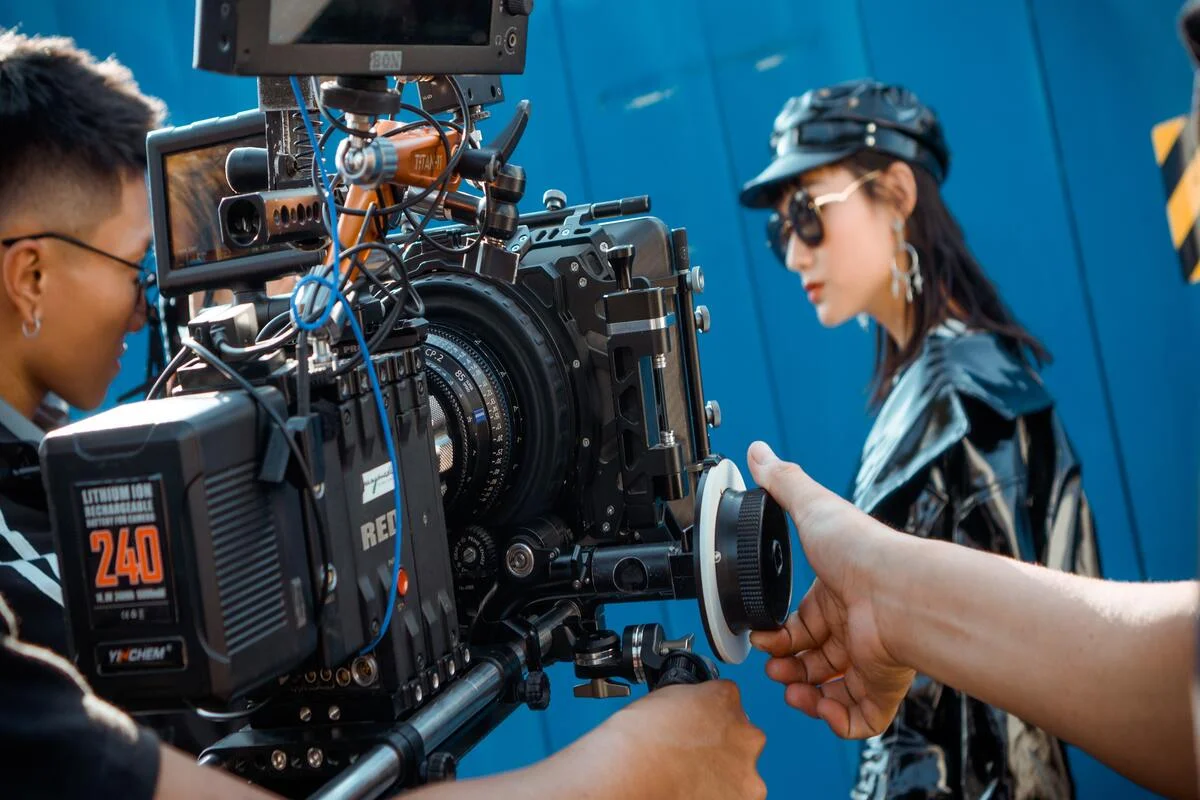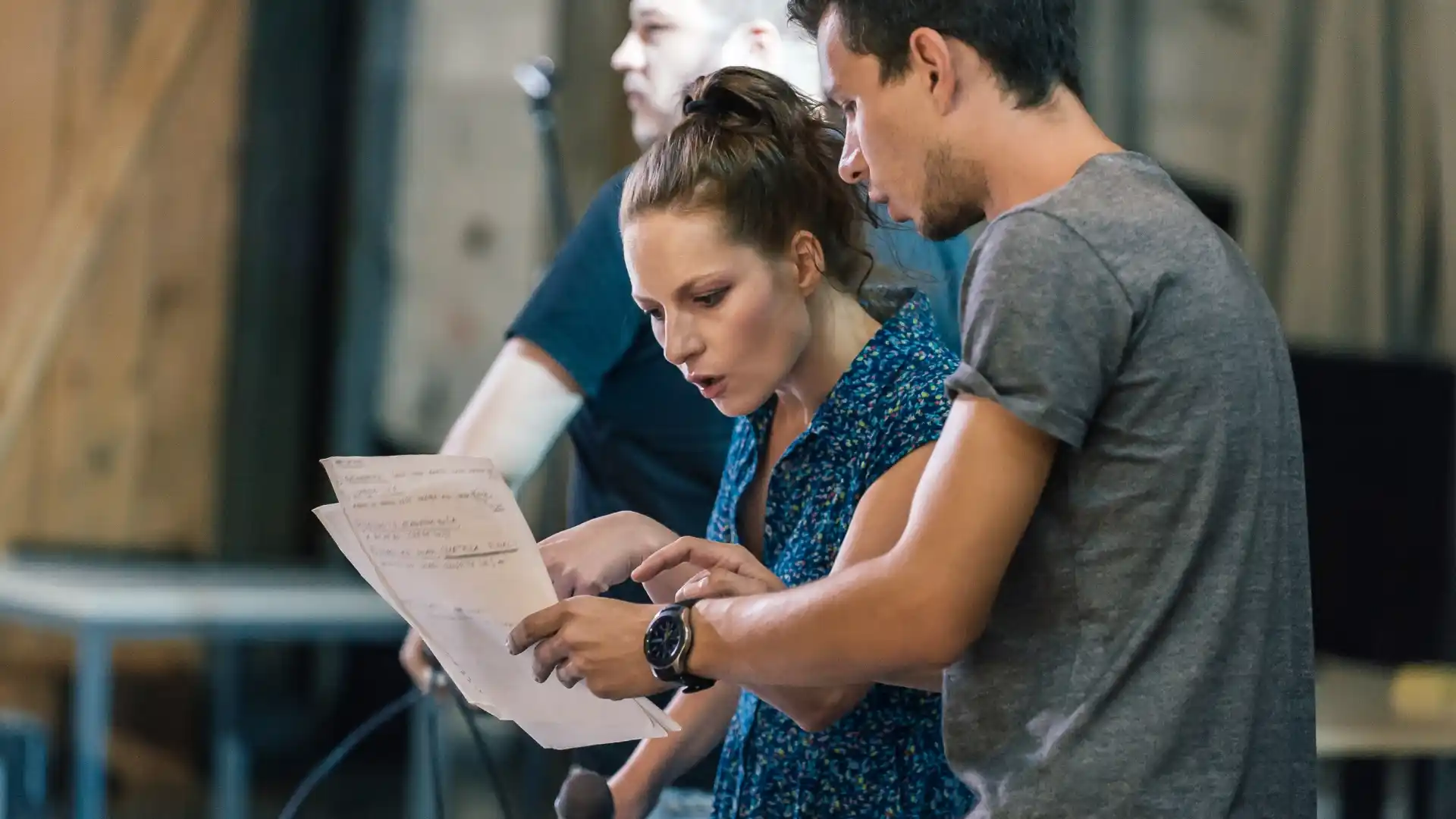Designing sneakers that not only look great but also enhance performance is a delicate balance that requires a deep understanding of both the technical aspects and the artistic elements of footwear design.
Whether you are a seasoned designer looking to expand your skills or a newcomer to the industry, mastering the art of designing sneakers for performance and aesthetics can open up a world of opportunities in the competitive and ever-evolving sneaker market.
1. Understand the Fundamentals of Foot Anatomy
To design sneakers that perform well and provide comfort to the wearer, it is essential to have a solid understanding of foot anatomy. Different parts of the foot, such as the arch, heel, and forefoot, have unique characteristics and requirements that need to be considered during the design process.
By understanding how the foot moves and functions, you can create sneakers that offer the right level of support and flexibility in the areas where it is needed most.
2. Research the Latest Materials and Technologies
The sneaker industry is constantly evolving, with new materials and technologies being developed to enhance performance and durability. To stay ahead of the curve, it is crucial to stay informed about the latest advancements in sneaker design.
Keep an eye on industry publications, attend trade shows, and network with other designers to learn about new materials, cushioning technologies, and manufacturing processes that can take your designs to the next level.
3. Balance Performance and Aesthetics
When designing sneakers, it is important to strike a balance between performance and aesthetics. While the look of a sneaker is crucial for attracting consumers, its performance features are what ultimately determine its success on the market.
Consider factors such as cushioning, support, traction, and breathability when designing the technical aspects of the shoe, and find creative ways to incorporate these features into a visually appealing design that resonates with your target audience.
4. Collaborate with Experts in the Field
Collaborating with experts in biomechanics, material science, and sports performance can provide valuable insights that can help you design sneakers that excel in both performance and aesthetics.
By working with professionals who specialize in these areas, you can leverage their expertise to create sneakers that not only look great but also enhance the wearer’s performance and overall experience. Consider partnering with researchers, athletes, and other industry experts to gain a deeper understanding of the technical aspects of sneaker design.
5. Test and Iterate Your Designs
Testing is a crucial part of the design process, especially when it comes to designing sneakers for performance. Conducting wear tests, biomechanical analyses, and durability tests can help you identify areas for improvement and refine your designs to ensure they meet the highest standards of performance and comfort.
By gathering feedback from testers and making iterative changes to your designs, you can create sneakers that not only look great but also perform exceptionally well in real-world conditions.
6. Stay Inspired and Keep Learning
The world of sneaker design is fast-paced and constantly evolving, so it is essential to stay inspired and keep learning to remain competitive in the industry. Follow trends in fashion, sports, and technology to stay ahead of the curve and draw inspiration from a wide range of sources.
Attend workshops, conferences, and seminars to expand your knowledge and network with other designers who share your passion for designing sneakers that push the boundaries of performance and aesthetics.
7. Pursue Education and Training Opportunities
For those looking to advance their careers in sneaker design, pursuing education and training opportunities can provide valuable skills and knowledge that can set you apart in the competitive job market.
Consider enrolling in specialized courses or programs that focus on sneaker design, materials science, biomechanics, or related fields to deepen your expertise and enhance your design capabilities. Platforms like Yellowbrick offer online courses that cover a wide range of topics related to sneaker design and can help you develop the skills you need to succeed in the industry.
Conclusion
Designing sneakers for performance and aesthetics is a multifaceted process that requires a combination of technical expertise, creative vision, and a deep understanding of the needs and preferences of consumers.
By mastering the art of designing sneakers that excel in both performance and aesthetics, you can carve out a successful career in the competitive and rewarding field of sneaker design.
Key Takeaways:
- Understanding foot anatomy is crucial for designing sneakers that provide comfort and support where needed.
- Keeping up with the latest materials and technologies is essential to enhance performance and durability.
- Balancing performance features with aesthetics is key to creating successful sneaker designs.
- Collaboration with experts in biomechanics and material science can offer valuable insights for designing high-performance sneakers.
- Testing and iterating designs based on feedback is essential to ensure sneakers meet performance and comfort standards.
- Staying inspired, learning continuously, and networking with other designers can help you stay competitive in the industry.
- Pursuing education and training opportunities, like the FIT x Complex Sneaker Essentials online course, can enhance your skills and career prospects in sneaker design.
Consider taking the FIT x Complex Sneaker Essentials online course and certificate program to further hone your skills and stay at the forefront of the dynamic sneaker design industry.








